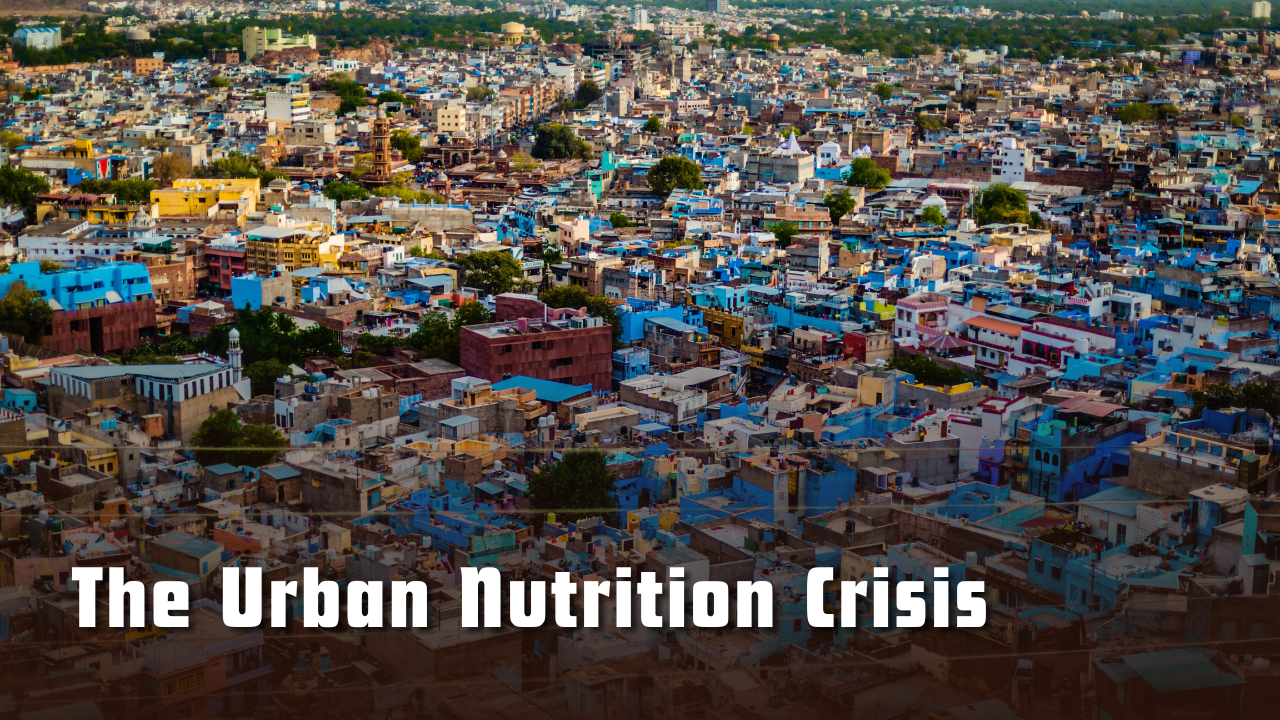Font size:
Print
India’s Concern over China-Pakistan Economic Corridor
Context:
Pakistan Prime Minister is currently on a visit to China at the invitation of the Chinese President, seeking to upgrade cooperation under the multi-billion dollar China-Pakistan Economic Corridor (CPEC), a key part of Beijing’s Belt and Road Initiative.
More on News:
- Pakistan and China committed to protecting the China-Pakistan Economic Corridor (CPEC) from detractors and adversaries.
- PM Shehbaz Sharif assured complete security for Chinese personnel on the USD 65 billion CPEC project.
- Sharif’s visit to China, invited by President Xi Jinping, aimed to boost CPEC cooperation under the Belt and Road Initiative.
- Both sides agreed to fast-track infrastructure projects in Gwadar to make it a regional economic hub.
Overview of China-Pakistan Economic Corridor (CPEC):
- It was launched on April 20, 2015.
- CPEC is 3,000-km long route of infrastructure projects
- Objective: To transform Pakistan’s economy and improve infrastructure for better trade with China.
- Aim of the Belt and Road Initiative (BRI): to enhance connectivity, trade, and cooperation across Eurasia.
- Focus on modernization of road, rail, air, and energy transportation systems.
- Connect deep-sea ports of Gwadar and Karachi in Pakistan to Xinjiang Uygur Autonomous Region in China and beyond via overland routes.
- Aims to reduce time and cost of transporting goods and energy (like natural gas) to China by bypassing the Strait of Malacca and the South China Sea.
Ancient Silk Road Connection: Draws historical parallels with the ancient Silk Road, which ran through Xinjiang and facilitated trade between China and the rest of Asia and Europe.
Border Road Initiative:
- Launched in 2013, the BRI is a comprehensive infrastructure and investment project aimed at connecting regions across continents.
- Originally conceived to link East Asia and Europe through physical infrastructure, including roads, railways, ports, and energy networks.
- Over the past decade, the BRI has expanded its reach to encompass regions beyond Asia and Europe, including Africa, Oceania, and Latin America.
- It consists of a land route mirroring the ancient Silk Road and a maritime route. This initiative underscores China’s ambition to extend its global influence and reshape international norms according to its own preferences.
- The “String of Pearls” is a tactic utilised by China, involving the establishment of a series of commercial and military facilities and ports across numerous nations.
India’s Opposition to Belt and Road Initiative (BRI) and China-Pakistan Economic Corridor (CPEC)
- India opposes the BRI due to concerns over the CPEC, which it perceives as violating its sovereignty and territorial integrity, identifying it as a threat and constraint to India’s security.
- CPEC is passing through the POK region.
- Securitised Threat: The CPEC is viewed by the Indian government as a securitised threat, promoting discourse around connectivity, territorial control, and regional tensions.
- Border Security Threat: Other political entities may also perceive the CPEC as a threat to border security due to its implications for national rivalries, competitiveness, terrorism, and sovereignty issues.
- India has undertaken measures to modernise its military and enhance its naval capacities in response to the increasing military footprint of China in the Indian Ocean.
Way Forward for India:
- Partnership for Global Infrastructure and Investment (PGII):
-
- The proposed IMEC, unveiled at the 2023 G20 Summit in New Delhi, is part of the Partnership for Global Infrastructure Investment (PGII).
- Initiated as Build Back Better World (B3W) by the United Kingdom during the 2021 G7 Presidency.
- Aims to provide infrastructure to developing countries by addressing funding needs through public and private investments.

India-Middle East-Europe Economic Corridor (IMEC) Overview:
- Announced in September 2023 during the G20 Summit in New Delhi.
- Emerged from the 2020 Abraham Accords and the I2U2 grouping (India, US, Israel, UAE)
- It is proposed as a multi-modal transportation corridor that includes roads, railways, ports, and related logistics infrastructure.
- Involves India, the US, UAE, Saudi Arabia, Italy, France, Germany, and the European Commission.
- Leverages strong trade relations between India and Gulf states.
- It will reduce reliance on Suez Canal, potentially 40% faster than shipping with high-speed trains (120 km/h).
- Unlike China’s BRI, IMEC includes trade in goods and secure, high-speed data pipelines.
- Leverages strong trade relations between India and Gulf states.
- Blue Dot Network:
- It is a multilateral initiative aimed at advancing robust standards for global infrastructure and mobilising investment for projects in developing countries.
- Adheres to global standards such as G20 Principles, IFC Performance Standards, and Equator Principles.




